|
If you’re planning a trip to Prague and have researched day trips, no doubt you’ve heard of Kutná Hora. While it’s not as well-known or as popular as some of the other Czech towns that you can visit, such as Český Krumlov or Karlovy Vary (Carlsbad), it is certainly no less interesting or unique. In addition to my Prague tours, Kutná Hora is the only destination outside of Prague where I also provide tours. Needless to say, it’s one of my favorite places.
Kutná Hora’s History
Kutná Hora, as its name in Czech implies, is a former silver mining town, and this mining legacy had a direct impact on the uniqueness of its layout and architecture that is still visible to this day.
It was in the 13th century that silver was discovered “in them hills,” and the Přemyslid (Czech) kings at the time promptly took possession of the mines and their contents. Kutná Hora grew quickly out of nothing, and in the 14th century it got a royal charter. In its heyday, Kutná Hora was Bohemia’s second largest city after Prague and eventually became one of the largest towns in Europe.
Kutná Hora’s mines turned out to be particularly abundant when it came to the precious metal (at one time its silver mines were the largest in Europe), and so King Wenceslas II, wondering what to do with all that silver his subjects were mining, promptly summoned some Florentine financial experts to the Czech lands and asked them. “Make money,” they replied, as in minted coins. Wenceslas established the town’s first mint in 1300. The Euro of the Middle Ages
These financial experts also brought state-of-the-art minting technology with them, and the Bohemian groschen was born. Because of the abundance of silver and the superior minting technology, the Bohemian groschen became the euro of its day – it was widely used and sought after all over Europe. The mining technology that the Florentine experts brought to Kutná Hora ensured that each Bohemian groschen had a precise amount of silver in it, and therefore its value could be relied upon.
The first mint was in the Italian Court (Vlašský Dvůr), so called because this is where those Florentine experts set up camp and shop. It’s now used as the city’s town hall and is one of the sites you should see if you visit. It also houses the Royal Mint exhibition, and remnants of Kutná Hora’s minting past can be seen in the form of exposed stone frames of (now filled in) windows and doors where coiners hammered out groschen all day for several centuries. Many went deaf in the process.
The Italian Court is also the site of a former “royal residence” established by another King Wenceslas (the IV) in the beginning of the 15th century. Note the effigy of a miner in the middle of the courtyard. You will find miners depicted all over Kutná Hora.
Your donations help me keep this blog going. Even a small amount helps. Thank you in advance!
Later a second mint was established in the Hradek, which now houses the Czech Museum of Silver that also offers tours of an abandoned medieval mine shaft. The mine tour is not for the faint of heart, though, as its website makes clear:
“Entry into the mine is not recommended for persons suffering from claustrophobia, epilepsy and poor health and is prohibited for women in advanced stages of pregnancy.” Boom and Bust
Needless to say, Kutná Hora grew very wealthy as a result of the silver and currency. But prior to discovering the silver, there was practically nothing in Kutná Hora or its surroundings, so the discovery of silver and the subsequent minting of money meant that Kutná Hora is truly a rags-to-riches town. And its architecture and size reflect that. And not only did Kutná Hora boom, but the whole kingdom of Bohemia did, too: The wealth created by Kutná Hora’s mining helped fund much of the grand architecture created in Prague in the 14th century, when King Charles IV ascended to thrown.
Then, in the 16th century, the silver ran out and the town went bust.
If you're considering a trip to Prague, consider getting one of my Prague walks from my self-guided walks series. They're all available in both digital (Kindle) and paperback formats, and the Kindle version will work on your phone.
See Prague your way, at your pace! What Makes Kutná Hora Unique?
Kutná Hora’s architectural development went bust, too. As we’ll see, that fact is abundantly clear today. So, two factors – the quick growth out of nothing and then the sudden bust – are what make Kutná Hora unique among Czech towns.
Because there was nothing in Kutná Hora before the silver was discovered, its historic buildings and roads are relatively small compared to other Czech towns of its size. And because of the sudden and unusually large boom in wealth, its buildings are “fancier” than in other towns of its size. But the buildings are also “fancier” than other buildings of their size in other towns. So there’s a particular incongruence to the look of Kutná Hora that you won’t find elsewhere: Buildings that are too small for how fancy and decorative they are, and streets that are too small for how fancy the buildings are. "New Rich" fancy?
So as you’re walking around Kutná Hora, you’ll likely be struck with the impression that it’s too fancy for how small it is. The buildings in any other Czech town with this level of fanciness would bigger than those Kutná Hora, as the wealth that created the buildings would have also affected their size. But because Kutná Hora got rich quickly from its founding, the town and buildings were still at the beginning “village” stage - and size - when the town got rich and started to go fancy.
By the same token, other Czech towns of a similar size to Kutná Hora that grew organically from their village origins but that had average – rather than exceptional – wealth, will have buildings that are actually bigger than Kutná Hora’s but that at the same time are much plainer. Kutná Hora Went Broke, but Not Baroque
Also, its historic architecture simply “stops” with the Renaissance style, which in the Czech lands was prevalent in the 16th century, the century when Kutná Hora’s mines gave out.
Almost everywhere else in the current-day Czech Republic got bathed in Baroque architecture as part of the Counter-Reformation, but not Kutná Hora. There are only a couple of Baroque structures of significance here: The former Jesuit college now housing the GASK art gallery, and the Plague column on Šultysova Street. Visiting almost any destination in the Czech Republic means you’re going to be overwhelmed with an abundance of intense and at times over-the-top Baroque architecture, but Kutná Hora’s architecture is mostly Gothic and Renaissance. St. Barbora
No more splendid, unique and eye-pleasing example of Gothic architecture can be found in Kutná Hora – or probably anywhere in the Czech Republic, actually – than St. Barbora’s Cathedral. It was founded by miners in the late 14th century, who dedicated it to Barbora, as she was the patron saint for those who face sudden death, as the miners often did: Up to five of them a day died in Kutná Hora's mines.
Initial work on the church was done by King Charles’ court architect Peter Parler and his sons, but successive court architects Mathias Rejsek and Benedikt Reid later took up the reins. Rejsek and Reid turned Barbora into an eye-poppingly unique example of the Gothic style – and the fact that it is located in such a small, sleepy town in the middle of the Czech Republic makes it stand out all the more. I am purposely NOT posting a picture of the entire exterior of the church, as I hope that (if you don’t peak at other sources) you will visit and get a special “wow” moment when you see it for the first time. But the interior is also beautiful, as you can see below. St. James
This Gothic church, begun in 1330, is even older than Barbora, and its earlier, and therefore simpler, ribbing and vaulting are also pleasing to the eye – especially now that it’s been lovingly restored. Comparing the two churches provides a good opportunity to see the progression of the Gothic style as time passed.
Note that James’ 270-foot tower leans slightly. Leaning buildings are another unique feature of Kutná Hora that is virtually absent elsewhere in the Czech Republic, as there are no fault lines here. But the settling of mines means that you can spot several examples in Kutná Hora. Lunch Break
You’ll no doubt work up an appetite and thirst when seeing all these sights, and fortunately Kutná Hora doesn’t disappoint when it comes to food, either. My favorite spot is Dačický Restaurant. In the winter it offers a cozy room with a fireplace that looks almost like a medieval tavern, and in warmer months you can dine outdoors in their lovely (and very large) courtyard garden with a view of the tower of St. James Church. But even given all of that, the best thing about Dačický is the food: It's simply delicious and is lovingly prepared and served by the friendly staff and members of the family that owns and runs this place.
The Stone House and The Stone Fountain
While Kutná Hora isn’t lacking in unique architecture it does lack unique names. The two structures pictured below are examples of this. But they are a pleasure to behold. I especially love the Stone Fountain, standing as it does in the middle of the street with cars going around it like a mini version of the Colosseum in Rome. Both it and the Stone House are covered in intricate carving in the Ornate Gothic style.
And the unoriginally-named “Avenue of Statues” fits in this category, too, for it is just an avenue lined with statues. But its effect is impressive - it looks like a bridge similar to Prague’s famous statue-lined Charles Bridge, which was the intent.
Not far from the Stone House you’ll find the mayor’s residence with a fabulous carved stone Renaissance-style entry that leans fabulously. Some of the houses opposite it on Šultysova Street reveal elements of their Gothic origins, while the previously mentioned Plague Column in the center pays homage to the town’s miners, as do so many structures here. Note the four miners around the base of the structure holding plaques with Latin inscriptions meant to ward off the disease.
Moving down to Palackého Náměstí we’ll find three examples of beautiful Renaissance houses. The tourist information center is on nearby Kollárova Street.
Treasure in a Nearby Village
Now its time to leave the city behind and head to the nearby village of Sedlec where the famous (infamous?) “Bone Church” can be found. But that’s not all – the tiny village of Sedlec is also home to a stunningly large Gothic church, the Cathedral of Assumption of Our Lady and St. John the Baptist. The present-day structure replaces the original Romanesque church founded in the 12th century by Cistercian monks who had made their way here from France.
The Cistercians wanted their own French Gothic Cathedral, and the size of this building is hard to comprehend (the nave is three times taller than it is wide), and its presence in such a small municipality even harder. But it is perhaps the “Baroque Gothic” redo in the 18th century of the church’s interior by renowned master architect Jan Blažej Santini that is most impressive. Note how Santini’s ribbing in the nave builds on Reid’s handiwork in St. Barbora’s. The Bone Church
From here it is just a short walk across the main road to the so-called Bone Church. In fact, it’s an ossuary, the name for a place for storing human bones. The story goes that an abbot from the nearby church mentioned above visited the Holy Land and brought dirt back with him that he sprinkled on the church’s cemetery grounds. Word of the anointed dirt got around, and before long everyone in the vicinity wanted to be buried here.
The Plague came and filled the cemetery to the max, so it was decided that something had to be done. In the 16th century, a half-blind monk from the nearby Cistertian monastery was tasked with digging up the bodies, cleaning the bones and storing them in the Sedlec Ossuary (as it is officially known) located in the crypt of All Saints’ Chapel (note that it leans, too). Later, Santini worked his magic on the ossuary as well, and you’ll see his telltale signs in the ribs of the vaulting.
If you're enjoying this blog, make a donation to help me keep it going. Even a small amount helps. Thanks you in advance!
In the 19th century, a local woodworker was hired to arrange the bones into patterns, and the present-day interior was created. Here you’ll find bones of 40,000 people arranged into four Baroque “bells,” several chalices, a remarkably accurate replica of the Schwarzenberg family crest, and a chandelier that includes every bone of the human body at least once. The woodworker, František Rint, proudly signed his name in bones on the wall on the right just at the bottom of the stairs as you enter.
Confronted with these objects in familiar shapes, it’s easy to lose site of the fact that this is the resting place for thousands of people. In fact, many tourists visit “Kutná Hora” seeing only this site and then head back to Prague, skipping the town entirely. Not only is that a missed opportunity, but the “bone church” unfortunately had taken on a carnival-like atmosphere, losing site of its purpose and meaning.
To combat this, the management of the site has now posted signs requesting that visitors keep quiet when visiting the ossuary (they haven’t demanded total silence yet), and you’ll be quickly reprimanded if you speak loudly and especially if you laugh. And taking photos inside the monument is no longer allowed. Yes, even selfies in here had become quite popular before the ban. Perhaps that was the final straw on photos. While I do have some photos of my own from when taking them was permitted, and they are available online, I have decided not to post any here out of respect for those whose bones are there and out of respect of the site's new policy. But I do hope that you will see it in person.
At this point it’s time for you to return to the train station for your train back to Prague (or get in your car if you have one). From the ossauary the station is just an eight-minute walk, which is not a bad option if it’s not raining.
Book Your Kutná Hora Tour
To sum up, if your visit to Prague allows time for a day trip, put Kutná Hora on your list. And if you’re interested in doing a tour there with me, please get in touch!
Be sure to pick up one of my guidebooks if you're headed to Prague! They're all available in both Kindle and paperback formats, and the Kindle versions will work on your phone!
1 Comment
Nancy Benson
10/5/2023 05:20:03 pm
Hi Kristi!!!
Reply
Your comment will be posted after it is approved.
Leave a Reply. |
YOUR DONATION HELPS ME KEEP THIS BLOG GOING.
Even a small donation will help and is much appreciated! Consider making a donation today!
AuthorI am an American who has been living in Prague for two decades. After a long career in international finance, I left the business world to pursue other interests. I now work as a writer, mentor and guide to the city. Archives
June 2024
Categories
All
|
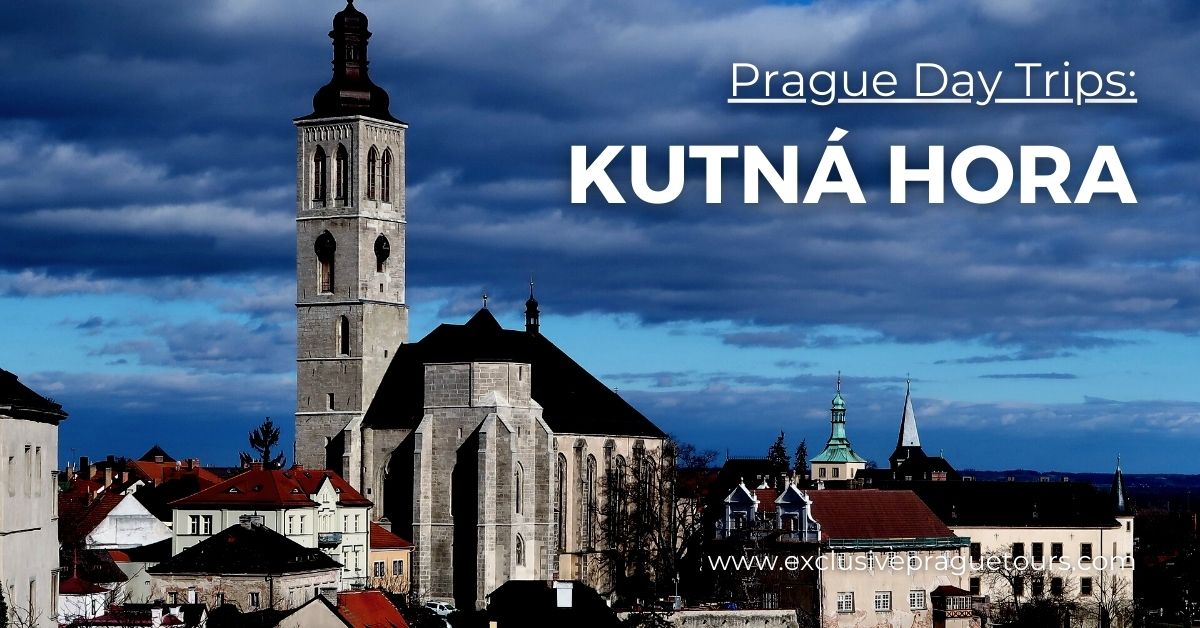
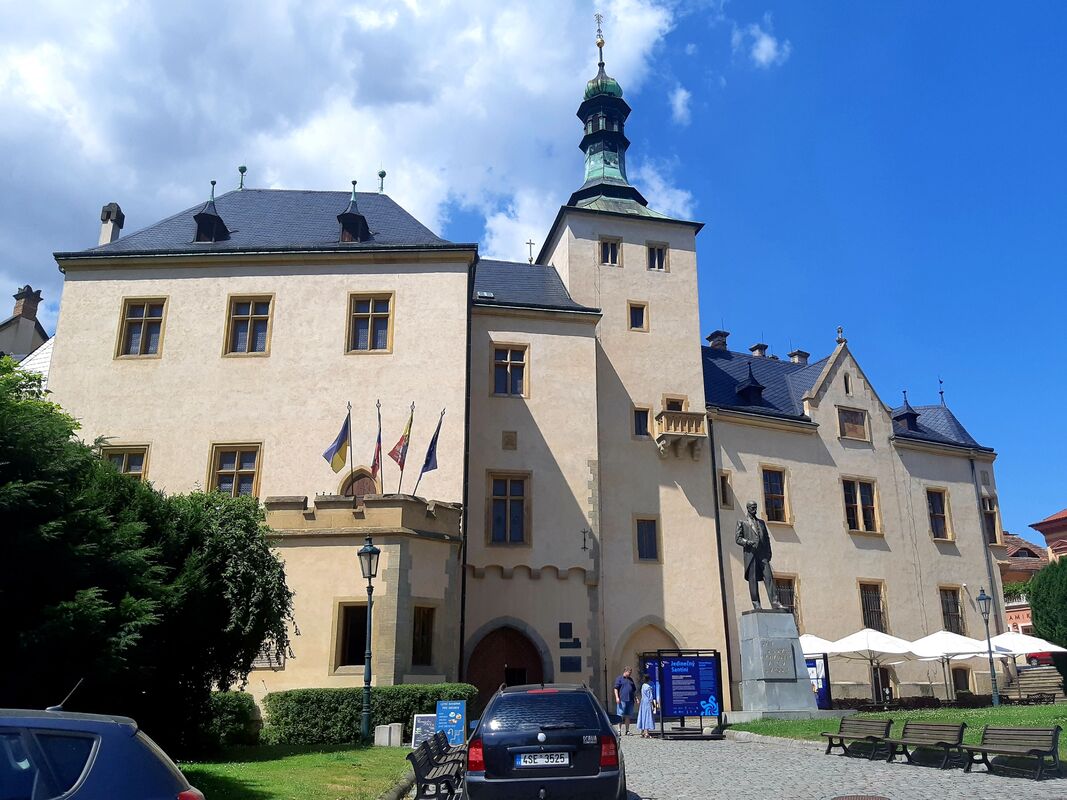
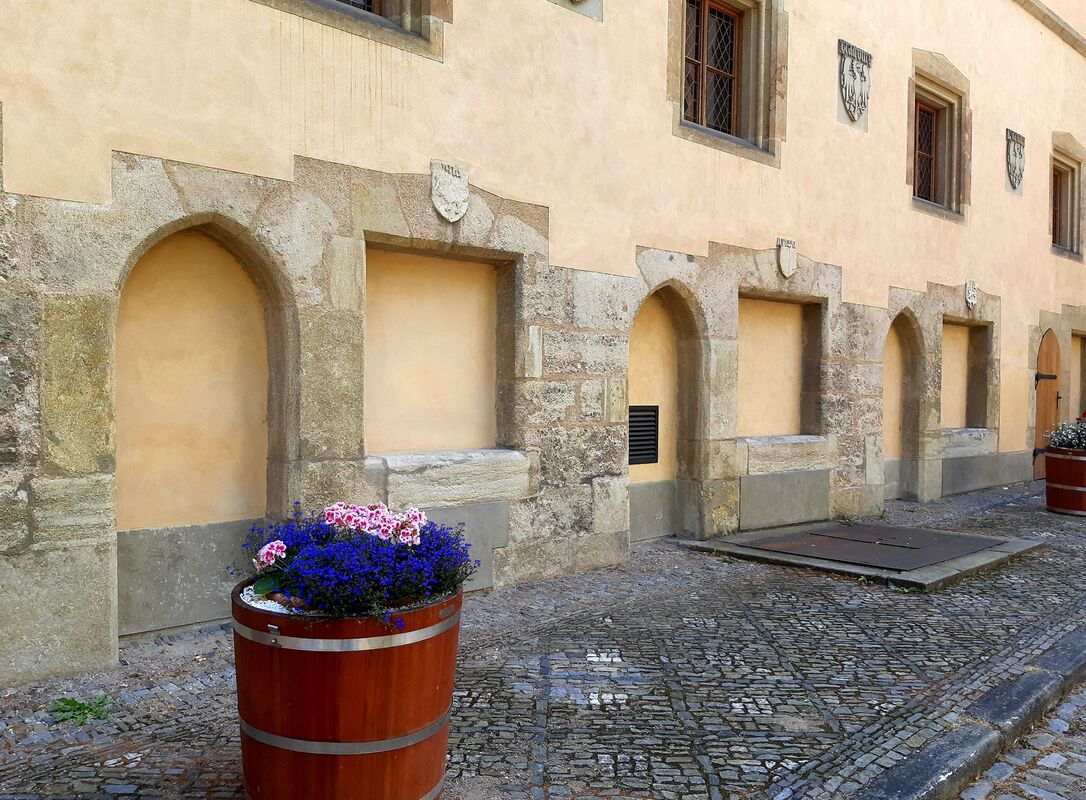
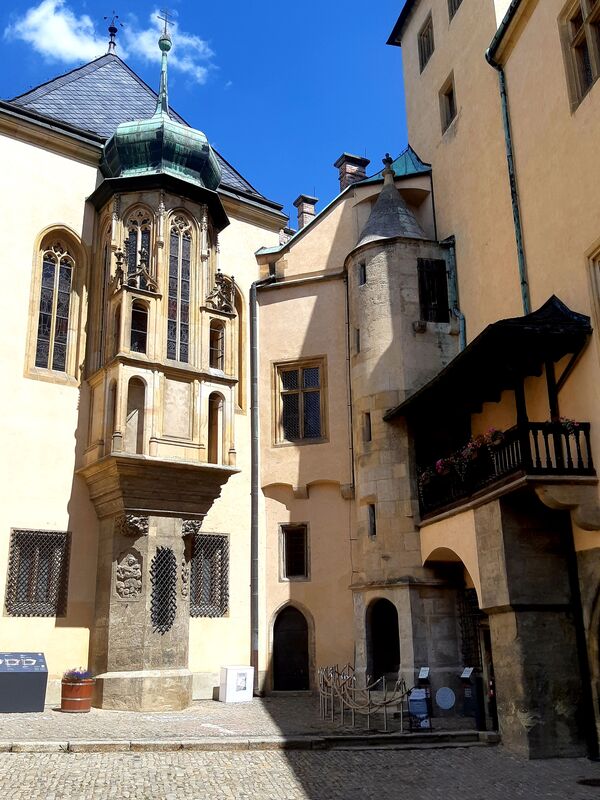
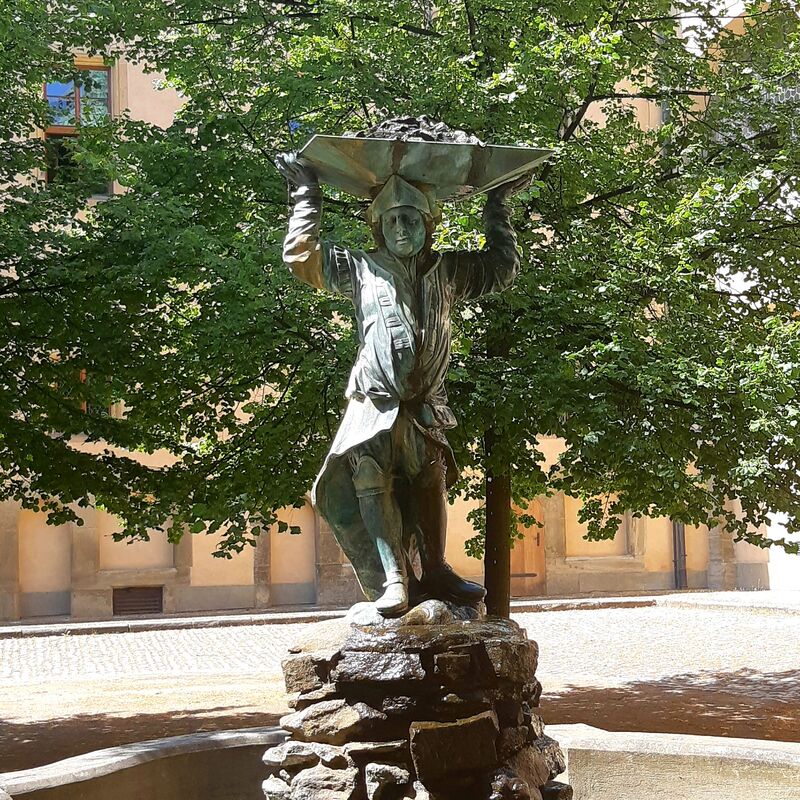
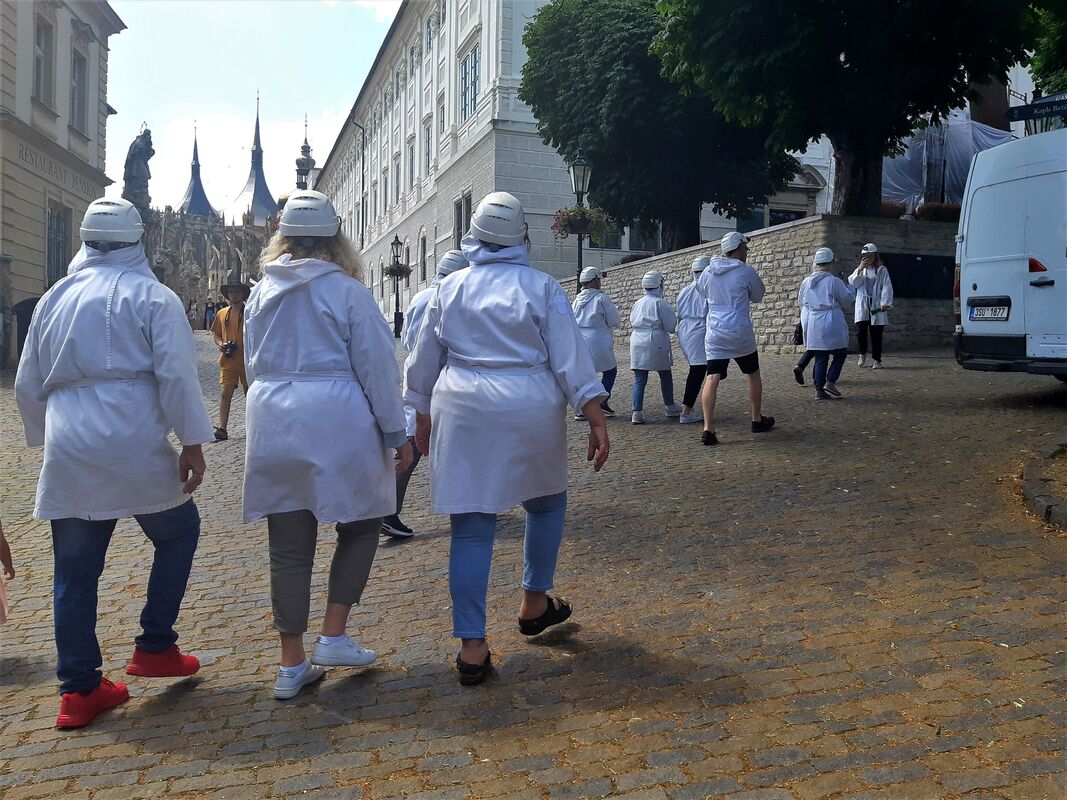

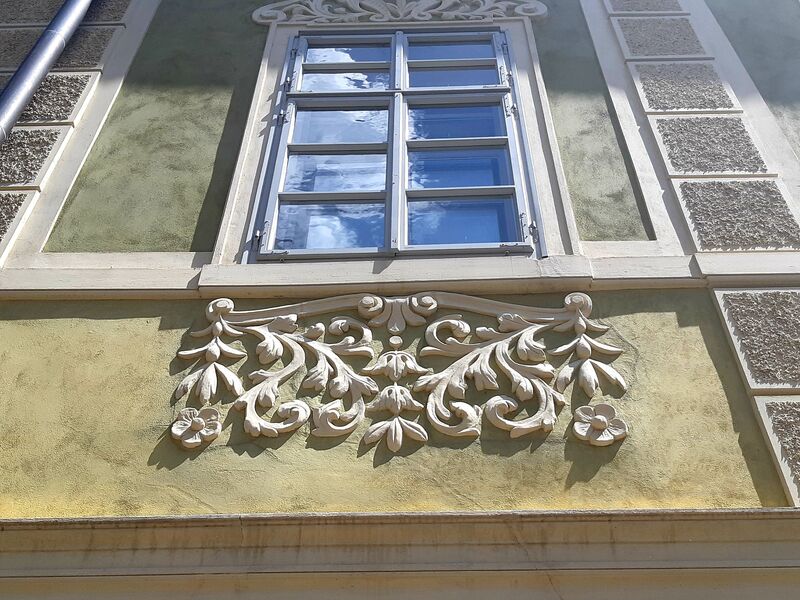
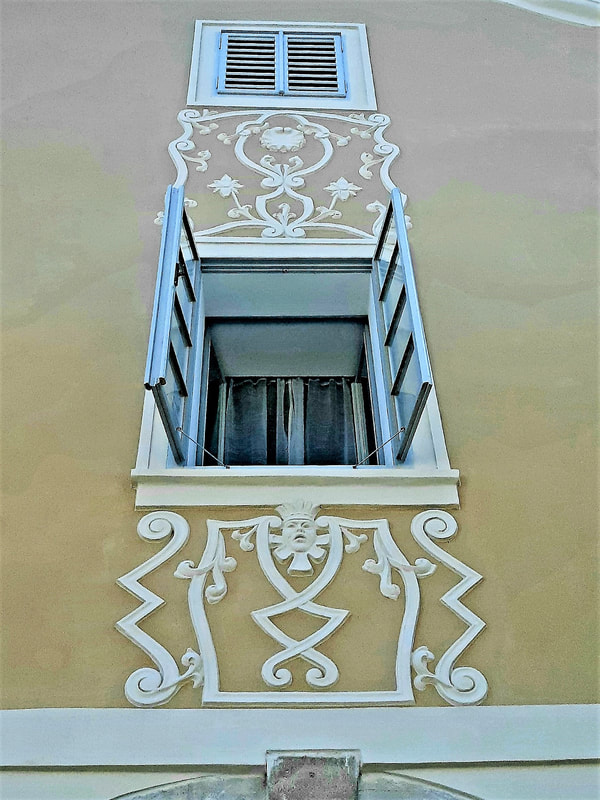
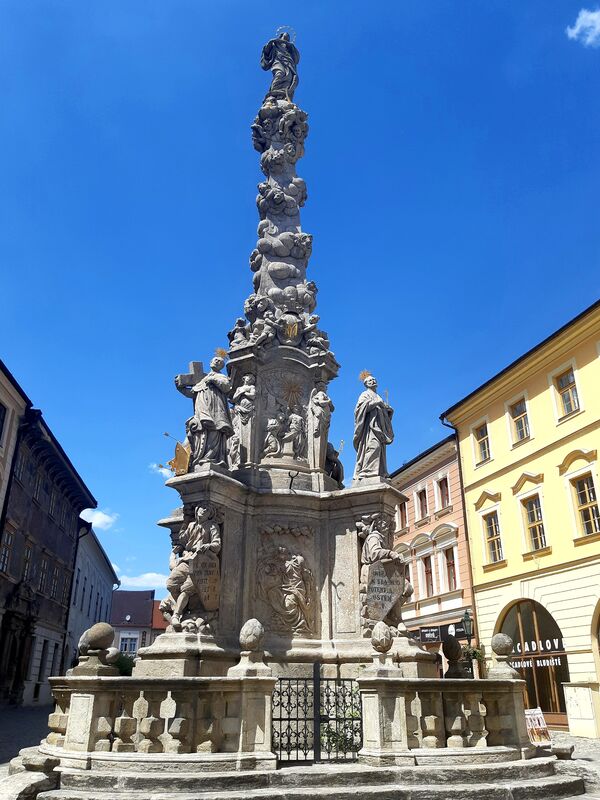
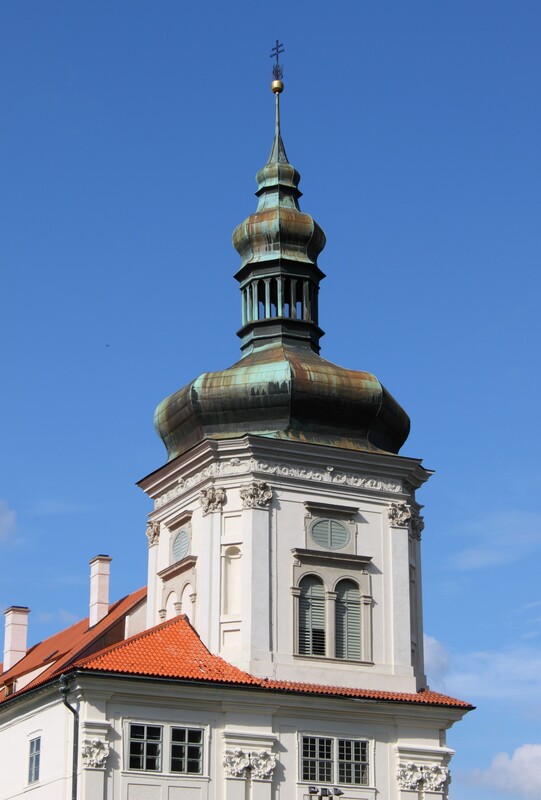
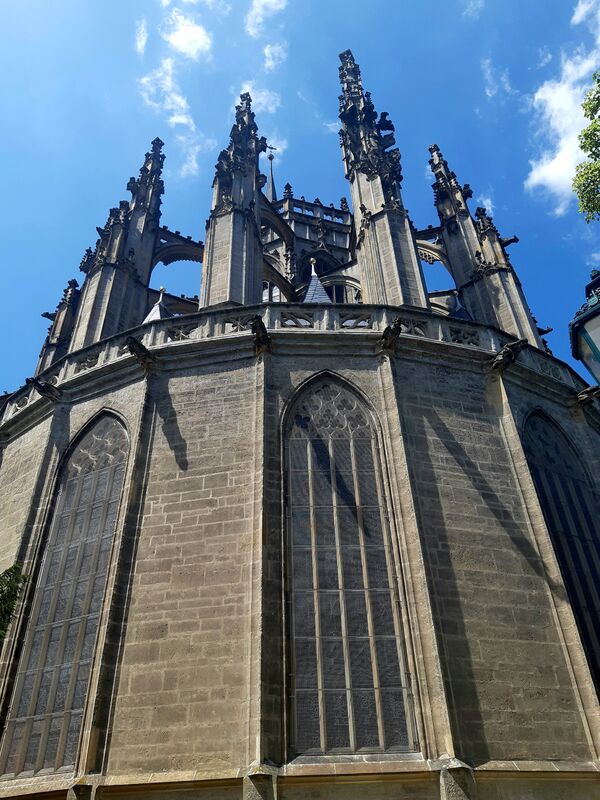
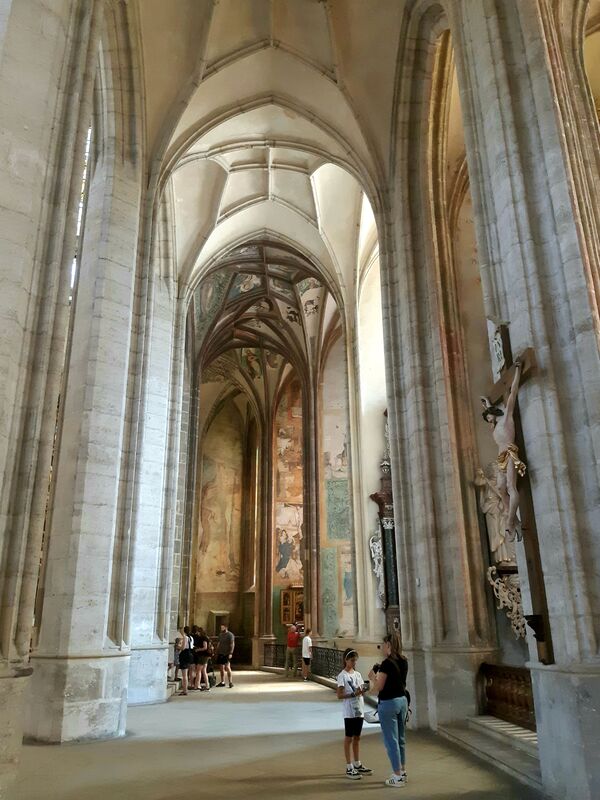
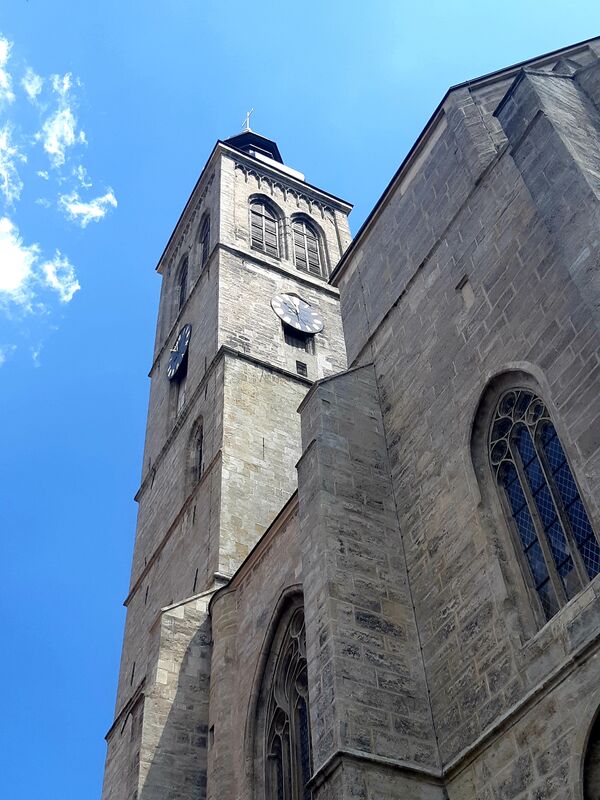
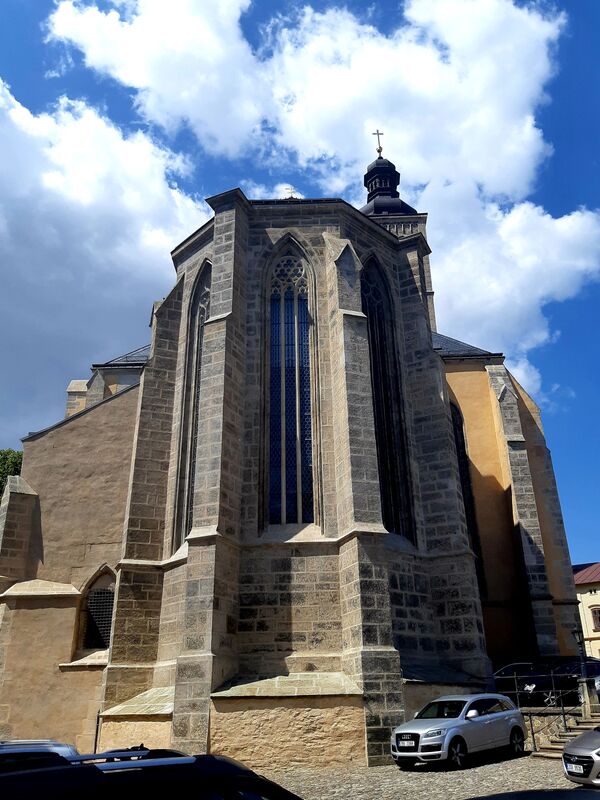
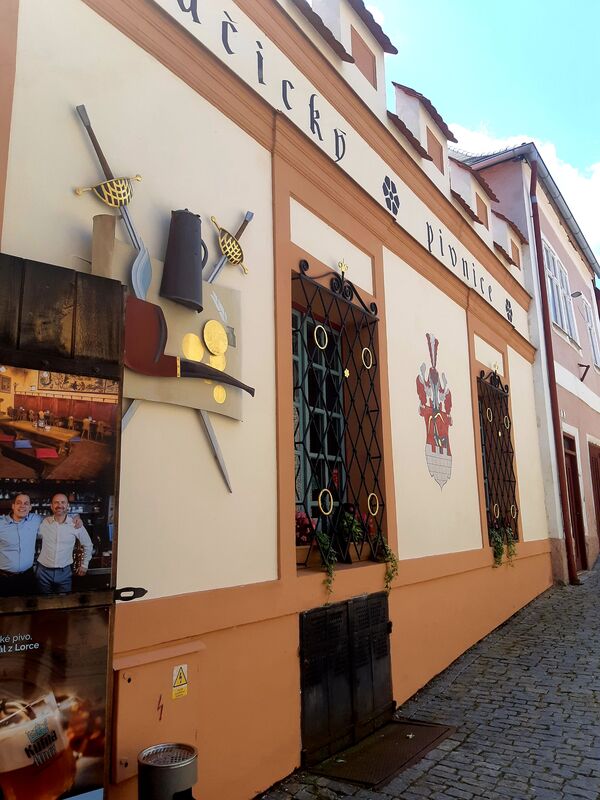
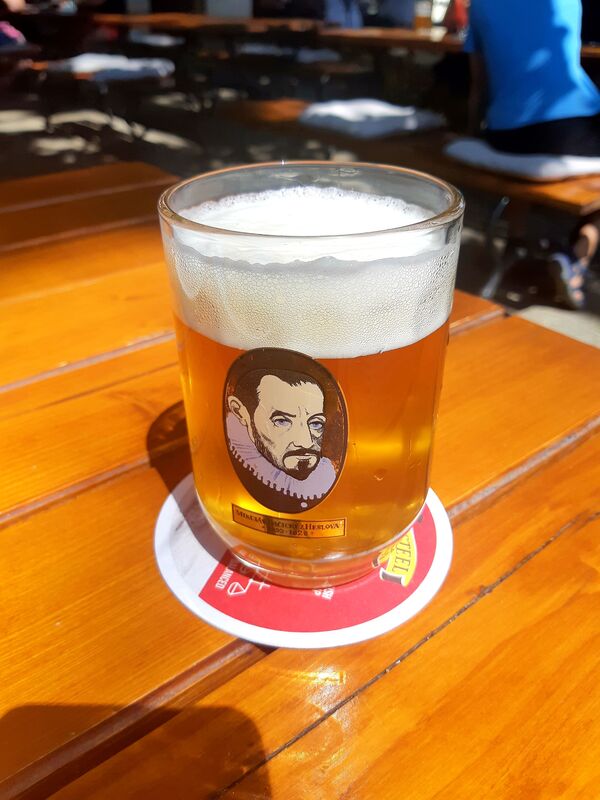
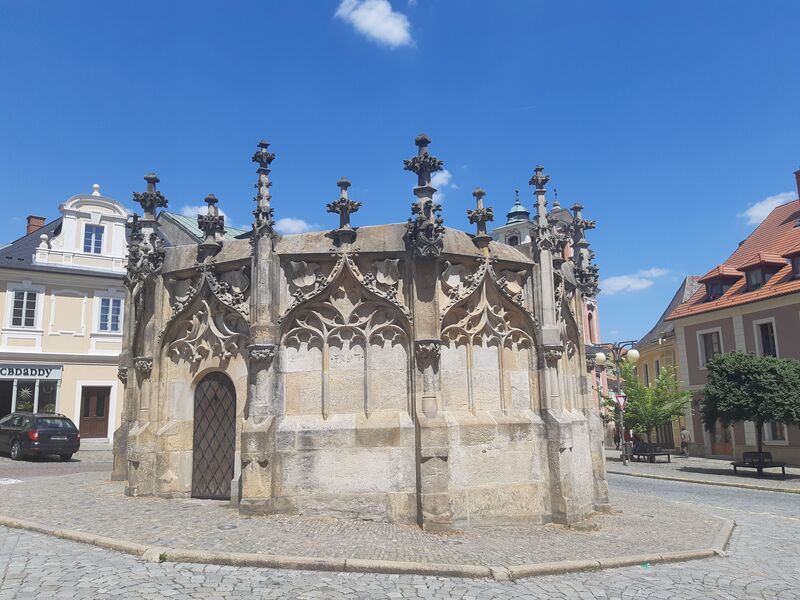
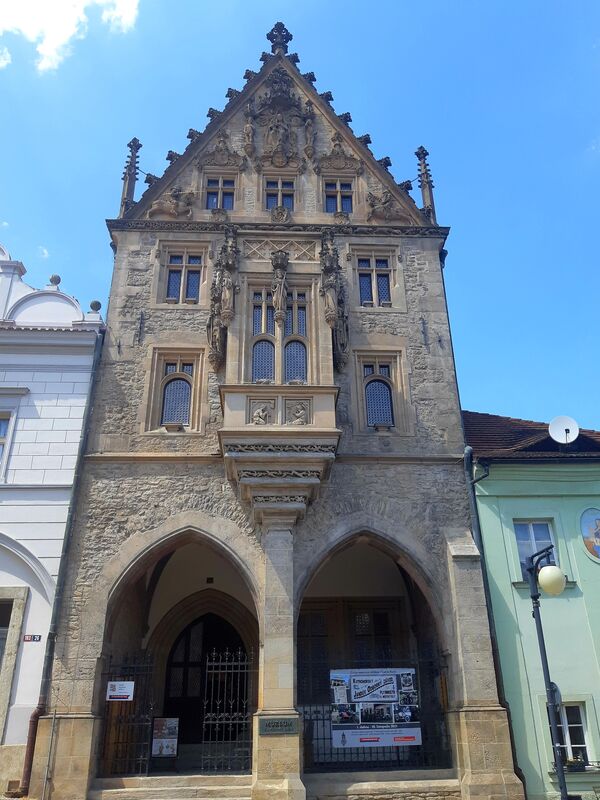
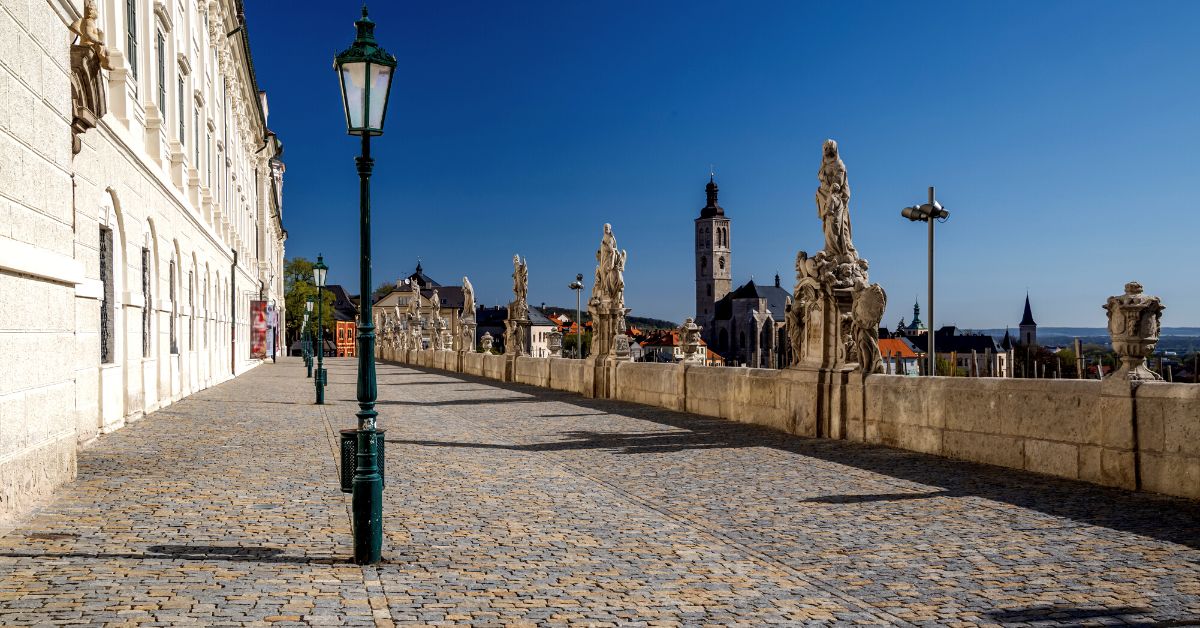
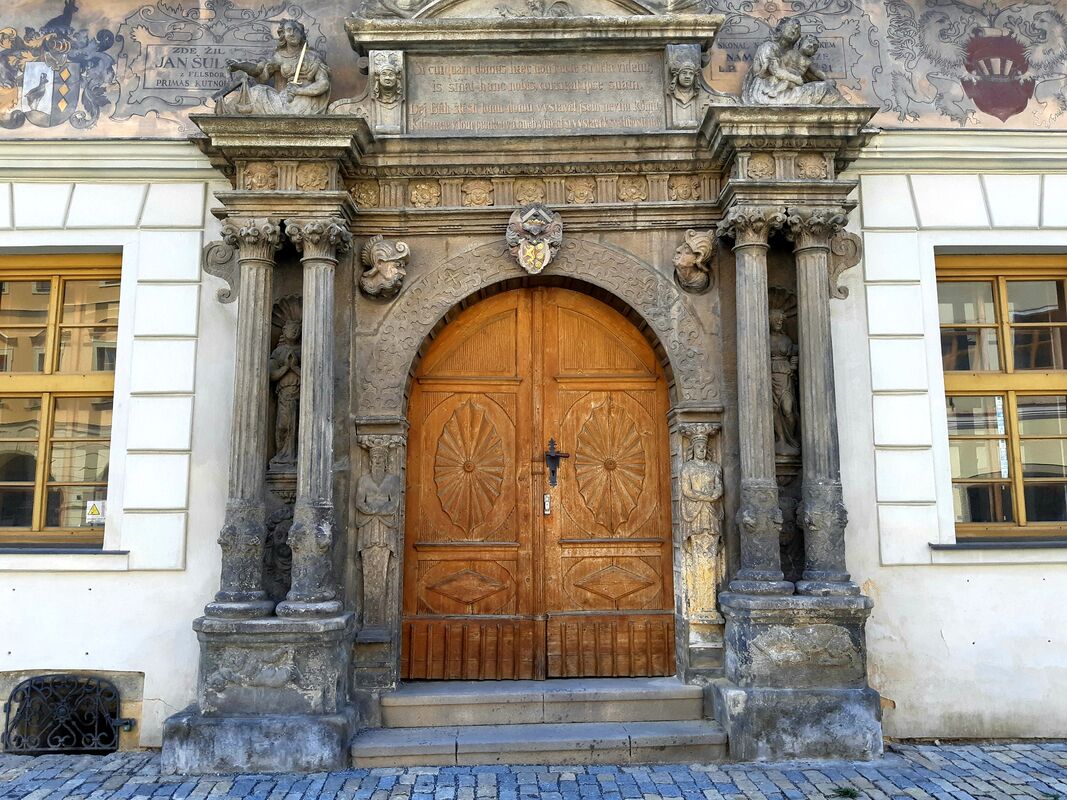
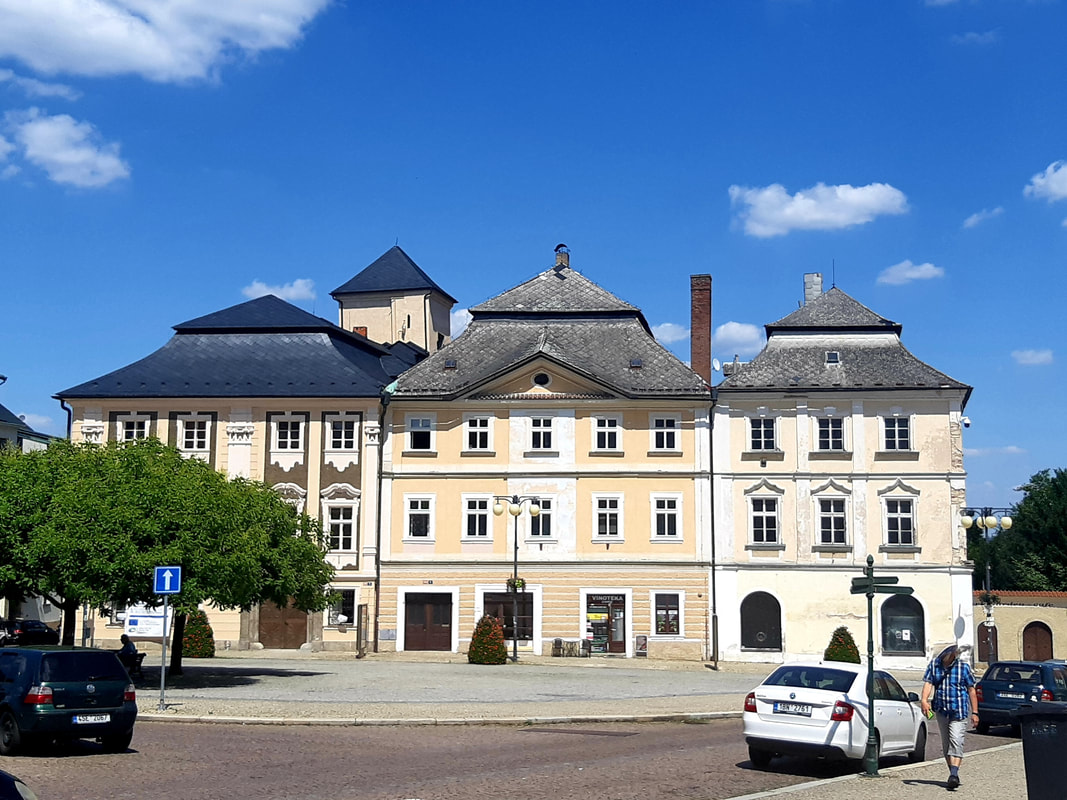
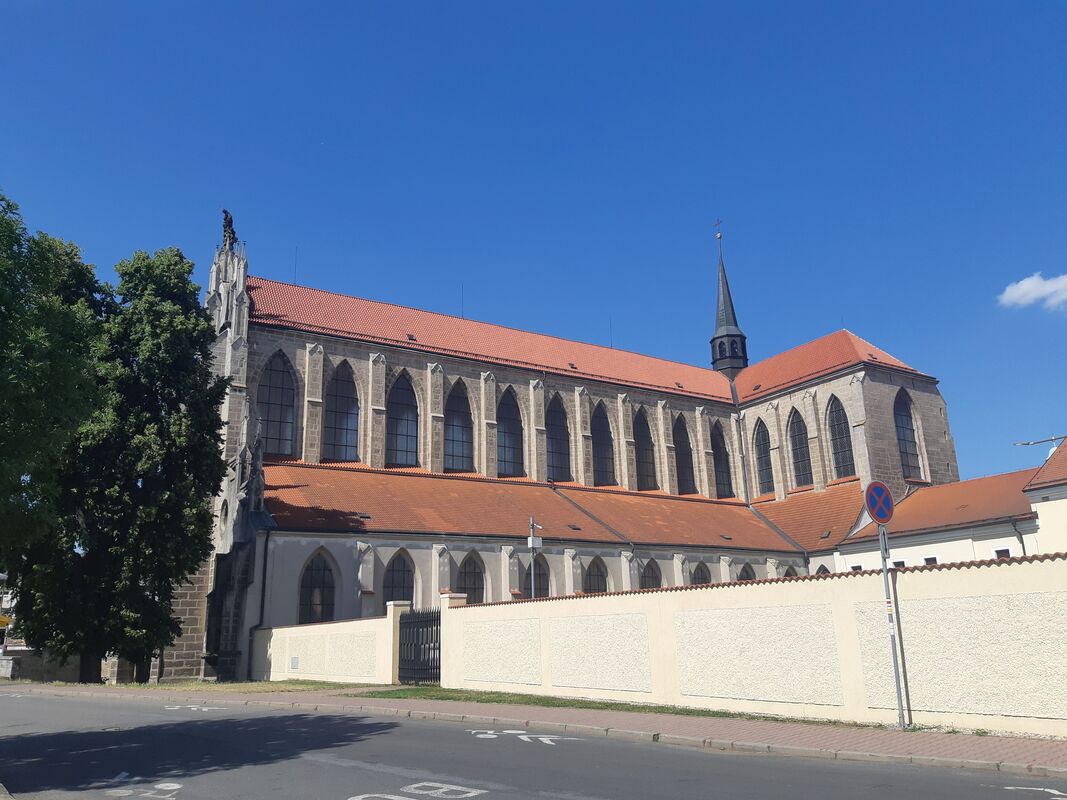
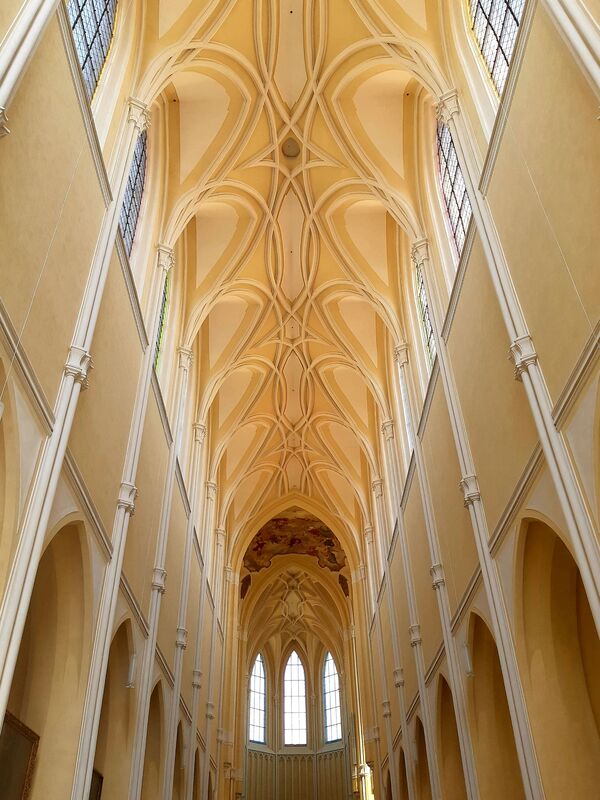
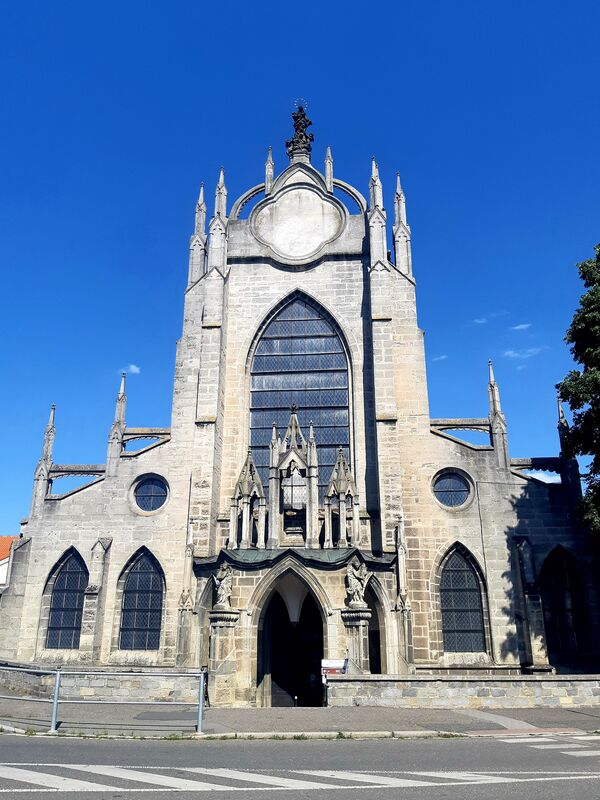
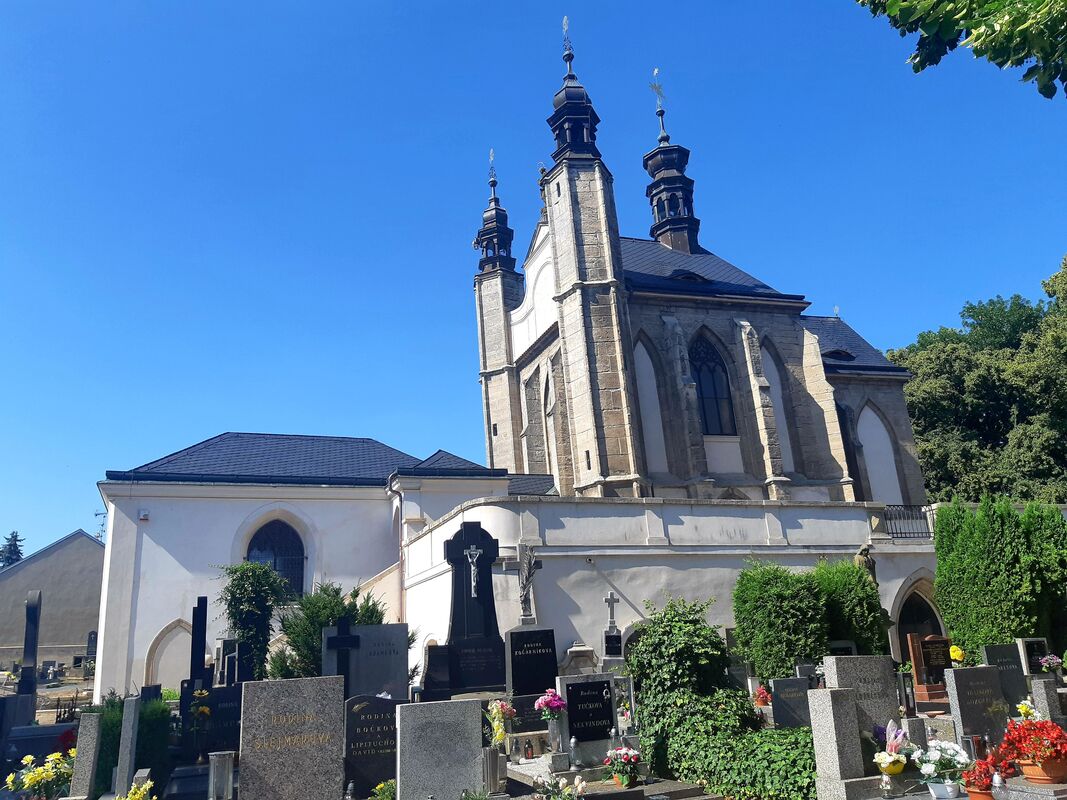
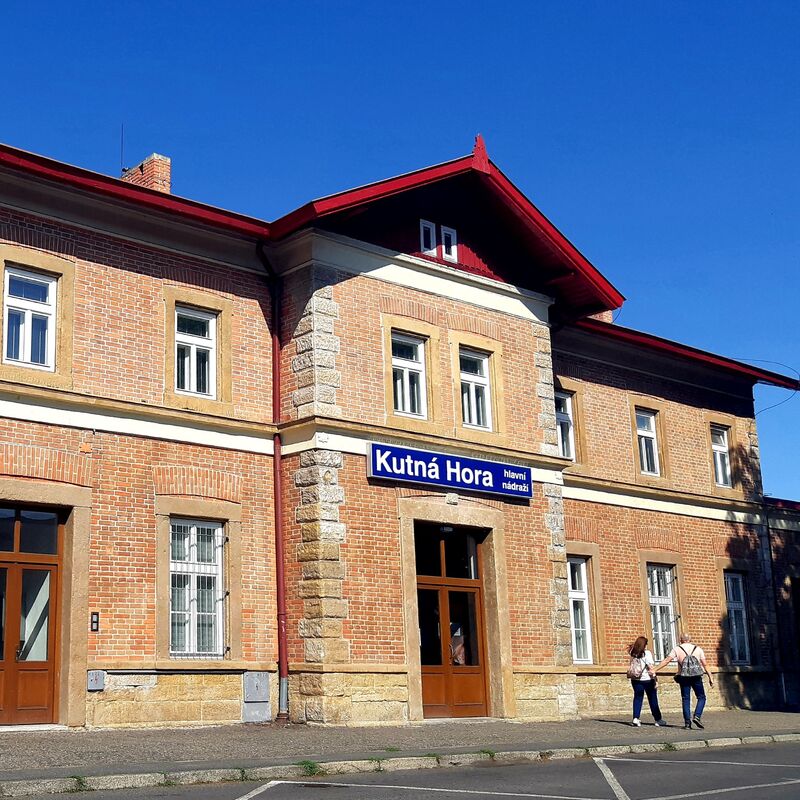



 RSS Feed
RSS Feed